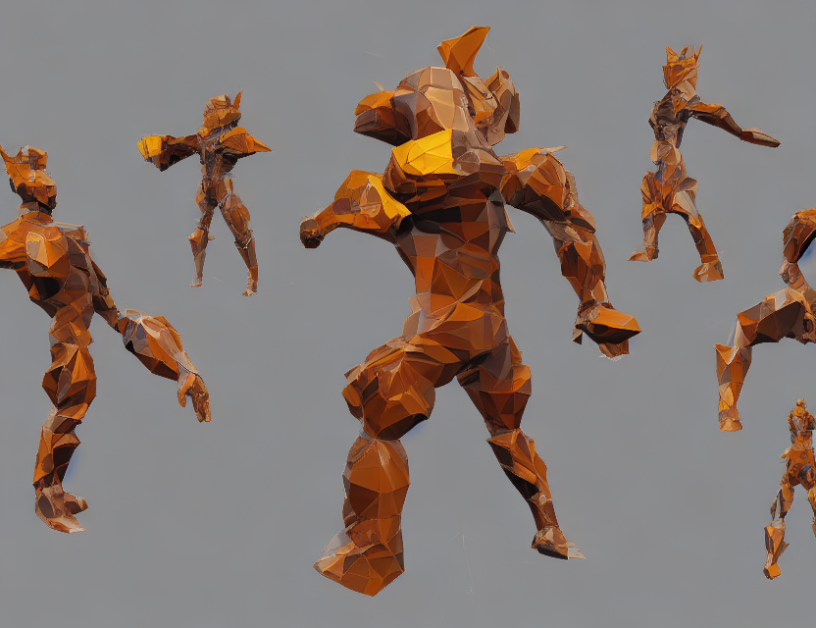In this research paper, the authors aim to improve image recognition at scale by developing a new method called "Language-aided Data Generation" (LADG). This approach combines the strengths of both language and images to generate high-quality data for training machine learning models. The key idea is to use natural language descriptions of images to generate new images that can be used for training, rather than relying solely on existing images.
The authors begin by explaining that traditional image recognition methods rely on large datasets of labeled images, but these are often difficult and time-consuming to create. They propose a novel approach called LADG, which uses natural language descriptions of images to generate new images that can be used for training. The method is based on the idea that language and images share similarities in their ability to represent the world around us.
The authors then describe how they use a feature embedding F to describe the alignment quality between the rendering and the observation. They explain that this allows the network to output an absolute score assignment, which can be difficult to learn using traditional methods. However, by incorporating language into the process, the network can learn to generate new images that are more accurate and diverse.
The authors then provide examples of their method in action, demonstrating how it can be used to generate high-quality data for training machine learning models. They show that their approach outperforms traditional methods, generating images that are more accurate and diverse. They also demonstrate the versatility of their method by applying it to different tasks, such as object recognition and scene understanding.
The authors conclude by highlighting the potential of their method for improving image recognition at scale. They note that their approach is not limited to image recognition but can be applied to other areas where data is scarce or difficult to obtain, such as medical imaging or astronomical observations. They suggest that their method could have significant practical applications in fields such as robotics, autonomous vehicles, and virtual reality.
In summary, the authors propose a new method called LADG that combines language and images to generate high-quality data for training machine learning models. By using natural language descriptions of images to generate new images, they can create large datasets that are more accurate and diverse than traditional methods. Their approach has significant potential for improving image recognition at scale and could have practical applications in a variety of fields.
Computer Science, Computer Vision and Pattern Recognition
Iterative Pose Refining for Object Detection and Estimation



